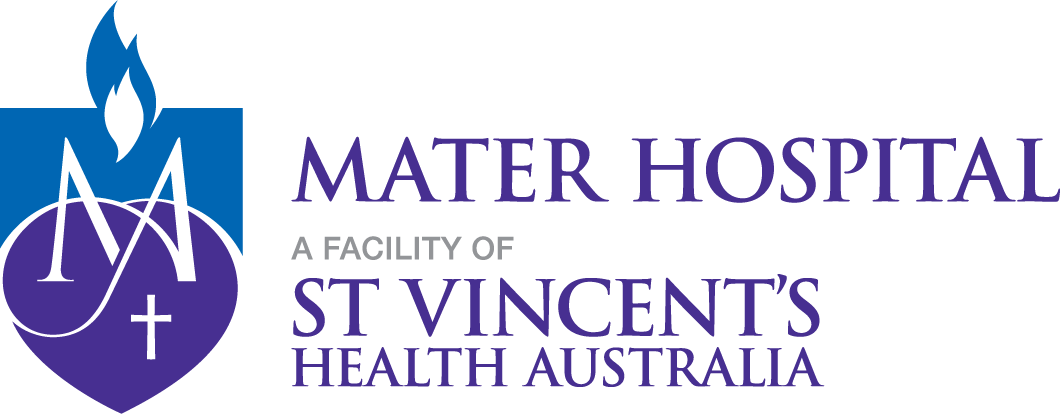Reflux Disease and GORD
What is Reflux Disease and GORD?
Reflux Disease, or Gastro-Oesophageal Reflux Disease (GORD), is a common digestive condition where stomach acid flows back into the oesophagus (food pipe). This backward flow is called reflux.
Normally, a ring of muscle at the bottom of the oesophagus (called the lower oesophageal sphincter) acts like a valve, opening to allow food into the stomach and closing to keep it there. In GORD, this valve becomes weak or relaxes when it shouldn’t, allowing acid and sometimes food to travel back up the oesophagus.
While occasional reflux (commonly known as heartburn or acid reflux) is normal and affects many people, GORD is diagnosed when reflux becomes frequent, persistent, and begins to cause symptoms or complications.
IMPACT OF REFLUX DISEASE AND GORD ON ANATOMY AND HEALTH
The main structure affected by GORD is the oesophagus. Since the oesophagus is not designed to handle stomach acid, repeated exposure can cause irritation, inflammation, and long-term damage.
Anatomical and health impacts may include:
- Oesophagitis: Inflammation of the oesophagus lining, leading to discomfort and pain when swallowing.
- Strictures: Scarring and narrowing of the oesophagus, which can cause difficulty swallowing.
- Barrett’s Oesophagus: A condition where the cells in the lower oesophagus change due to long-term acid exposure, increasing the risk of oesophageal cancer.
- Tooth enamel erosion: Stomach acid can reach the mouth and weaken tooth enamel.
- Chronic cough or asthma-like symptoms: Acid reflux can irritate the airways, especially at night.
Causes and Risk Factors for Reflux Disease and GORD
The main cause of GORD is the weakening or inappropriate relaxation of the lower oesophageal sphincter. This allows acid to escape from the stomach into the oesophagus.
Common causes and contributing factors include:
- Excess body weight: Increases abdominal pressure, which can force acid up into the oesophagus.
- Dietary triggers: Foods and drinks like chocolate, caffeine, alcohol, tomatoes, citrus, onions, peppermint, and fatty or fried foods can relax the sphincter or increase stomach acid production.
- Eating habits: Large meals, eating close to bedtime, or lying down after meals can all lead to reflux.
- Smoking: Reduces sphincter function and increases stomach acid.
- Hiatal hernia: Alters the anatomy of the stomach and diaphragm, increasing reflux risk.
- Delayed stomach emptying: When the stomach doesn’t empty efficiently (a condition known as gastroparesis), pressure can build up and cause reflux.
- Medications: Including NSAIDs, certain asthma medications, sedatives, calcium channel blockers, and antidepressants.
Symptoms of Reflux Disease and GORD
GORD symptoms can range from mild to severe and may interfere with daily life. Not everyone will experience all symptoms.
Common symptoms include:
- Heartburn: A burning sensation in the chest, usually after eating or when lying down.
- Regurgitation: A sour or bitter-tasting acid backing up into the throat or mouth.
- Chest pain: Often mistaken for heart problems, this is usually a burning or pressure sensation behind the breastbone.
- Difficulty swallowing (dysphagia): A feeling that food is stuck in the chest or throat.
- Chronic cough or throat clearing: Especially at night or after meals.
- Sore throat or hoarseness: Due to acid irritating the vocal cords.
- Bad breath: Caused by acid and partially digested food coming up.
- Feeling of a lump in the throat: Also known as "globus sensation."
Prevention of Reflux Disease and GORD
Preventing GORD often involves lifestyle and dietary changes to reduce pressure on the stomach and support the proper function of the lower oesophageal sphincter.
Helpful prevention strategies include:
- Eat smaller meals: Large meals can stretch the stomach and increase acid pressure.
- Avoid trigger foods: These include fatty foods, spicy dishes, chocolate, mint, onions, garlic, citrus, caffeine, and alcohol.
- Avoid eating close to bedtime: Allow 2–3 hours between your last meal and lying down or going to bed.
- Elevate the head of the bed: Sleeping with your upper body raised can prevent acid from rising at night.
- Maintain a healthy weight: Losing excess weight can significantly reduce reflux symptoms.
- Quit smoking: Improves oesophageal sphincter strength and reduces acid production.
- Wear loose-fitting clothes: Tight clothing can put pressure on the abdomen and worsen reflux.
- Chew food slowly and thoroughly: This supports digestion and reduces pressure in the stomach.
- Limit carbonated drinks: These can increase stomach bloating and pressure.
Types of Reflux Disease and GORD
Reflux disease is not the same for everyone. It can appear in different forms depending on the severity of symptoms, the presence of complications, and whether visible damage has occurred in the oesophagus.
The main types include:
- Non-Erosive Reflux Disease (NERD): This is the most common type. People experience typical reflux symptoms such as heartburn and regurgitation, but there is no visible damage when the oesophagus is examined (via endoscopy). NERD is often related to heightened sensitivity of the oesophageal lining or minor acid exposure.
- Erosive Oesophagitis (EO): In this type, the acid reflux has caused visible damage or inflammation to the lining of the oesophagus. This is considered a more severe form of GORD and may require stronger or longer-term treatment.
- Barrett’s Oesophagus: This is a long-term complication of untreated or poorly managed GORD, where the cells lining the lower oesophagus change. These changes are considered pre-cancerous, although the risk of progression to cancer is low. People with Barrett’s Oesophagus usually require regular monitoring and sometimes specialised treatment.
- Silent Reflux (Laryngopharyngeal Reflux or LPR): In this type, acid travels up beyond the oesophagus and reaches the throat and voice box. People may not experience heartburn but instead report chronic cough, hoarseness, a sore throat, or a sensation of a lump in the throat. LPR is often underdiagnosed because the symptoms differ from typical reflux.
Stages of Reflux Disease and GORD
GORD can range from mild and occasional to severe and chronic. Doctors often consider the following stages when evaluating the condition:
Stage 1: Occasional Mild Reflux
- Infrequent heartburn or acid regurgitation (e.g. once a week or less).
- Symptoms are manageable with lifestyle changes or over-the-counter antacids.
- No visible damage to the oesophagus.
Stage 2: Frequent Reflux
- Heartburn or regurgitation occurs several times a week.
- Symptoms may begin to interfere with sleep or daily activities.
- Medical treatment (such as H2 blockers or proton pump inhibitors) is often required.
Stage 3: Erosive Reflux Disease
- Ongoing reflux causes inflammation or damage to the oesophagus (erosive oesophagitis).
- Endoscopy may reveal redness, ulcers, or narrowing.
- Stronger medications or longer-term treatment are needed to prevent complications.
Stage 4: Complicated GORD
- This includes long-term complications such as strictures, bleeding, or Barrett’s Oesophagus.
- There is a risk of oesophageal cancer, especially if Barrett’s Oesophagus is present.
- Patients may require regular monitoring, specialist care, and possibly surgical intervention.
Diagnosis of Reflux Disease and GORD
Common diagnostic tools include:
- Medical History and Symptom Review: Most diagnoses start with thoroughly discussing your symptoms, frequency, and lifestyle factors.
- Trial of Medication: Doctors may prescribe a short course of acid-reducing medication (such as a proton pump inhibitor) to see if symptoms improve. This can help confirm a diagnosis of GORD.
- Endoscopy (Gastroscopy): A thin tube with a camera is inserted down the throat to inspect the oesophagus and stomach. It can detect inflammation, ulcers, strictures, or Barrett’s Oesophagus.
- pH Monitoring (24-hour pH Study): A small probe is placed in the oesophagus to measure acid levels over 24 hours. This helps confirm whether acid rises from the stomach and how often it occurs.
- Oesophageal Manometry: This test measures the strength and coordination of the oesophagus muscles and the lower oesophageal sphincter. It’s helpful in cases where surgery is considered.
- Barium Swallow: You drink a liquid that shows up on X-rays, which can reveal structural issues such as a hiatal hernia or narrowing of the oesophagus.
Treatment of Reflux Disease and GORD
Treatment for GORD usually begins with lifestyle and dietary changes, followed by medications if needed. In more severe or complicated cases, surgery may be considered.
Lifestyle Changes
- Lose excess weight: Reduces abdominal pressure and reflux.
- Avoid trigger foods: Especially fatty meals, spicy food, caffeine, alcohol, chocolate, and citrus.
- Eat smaller meals: Prevents overfilling the stomach.
- Avoid eating late at night: Leave 2–3 hours between eating and lying down.
- Sleep with head elevated: Raising the head of the bed helps gravity prevent reflux overnight.
- Quit smoking: Smoking weakens the lower oesophageal sphincter.
Medications
- Antacids: Provide quick relief by neutralising stomach acid (e.g. Mylanta, Gaviscon).
- H2 Receptor Blockers: Reduce acid production (e.g. ranitidine, famotidine).
- Proton Pump Inhibitors (PPIs): More powerful acid reducers (e.g. omeprazole, esomeprazole, pantoprazole). Often used for moderate to severe GORD.
- Prokinetic agents: Help the stomach empty faster and may strengthen the lower oesophageal sphincter.
Most people respond well to medication, but it’s important to review long-term use with your doctor, especially with PPIs, as prolonged use may have risks.
Surgery
Surgical treatment is considered if symptoms are not controlled with medication or if complications like Barrett’s Oesophagus or strictures develop.
- Fundoplication: The most common surgery, where the top of the stomach is wrapped around the lower oesophagus to strengthen the sphincter and prevent reflux.
- LINX Device: A small magnetic ring implanted around the oesophagus to keep the sphincter closed but allow food to pass through.
Surgery can offer long-term relief, especially in people who do not wish to take medication indefinitely.
What if Reflux Disease and GORD are Untreated?
Possible consequences of untreated GORD include:
- Oesophagitis: Ongoing inflammation can cause ulcers, pain, and bleeding.
- Strictures: Repeated inflammation may lead to scarring and narrowing, making swallowing difficult.
- Barrett’s Oesophagus: A pre-cancerous condition that increases the risk of oesophageal cancer. Regular monitoring is important.
- Chronic cough, asthma, and respiratory symptoms: Acid can irritate the airways, especially if reflux reaches the throat and lungs during sleep.
- Dental erosion: Acid reflux can wear away tooth enamel, leading to sensitivity and decay.
- Reduced quality of life: Symptoms may interfere with daily activities such as eating, sleeping, socialising, and emotional well-being.
Early diagnosis and proper treatment are crucial in preventing these outcomes. GORD is a manageable condition, and many people can lead symptom-free lives with the right care plan.













